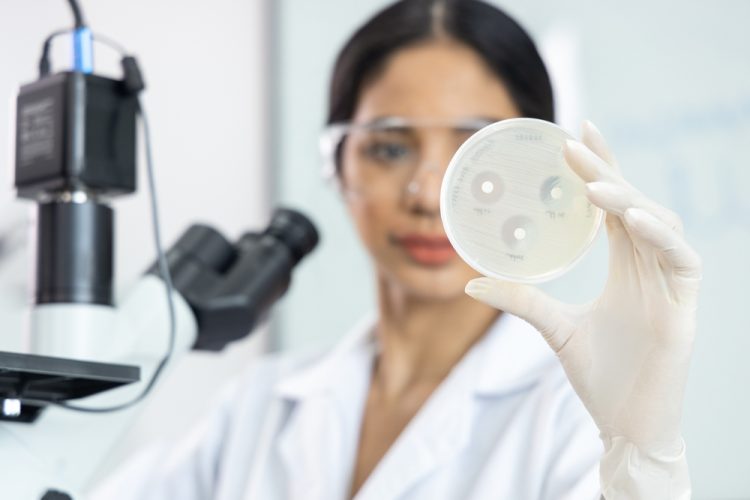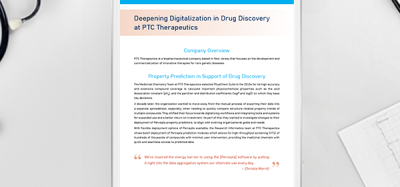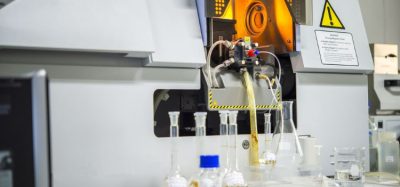Microbial identification market valued at $10.7 billion by 2032
Posted: 6 October 2022 | Catherine Eckford (European Pharmaceutical Review) | No comments yet
Technological innovations like automation and real-time analysis, as well as industry collaboration are anticipated to become key tools in the global microbial identification systems market going forward.


Microbial identification is a globally expanding market, predicted by new research to hold a value of $3.7 billion by the end of 2022 and $10.7 billion in 2032, propelled by a compound annual growth rate (CAGR) of 11.3 percent, led primarily by the rapid advancement of technology.
In 2021, the market share for bacterial identification systems was 28.4 percent. In that same period, the US market was valued at $4.2 billion, 78.3 percent of the rapid microbiology testing market. The US had an 88.9 percent share of the North American market in 2021. China was not far behind, with a share of 51.3 percent in the East Asia market.
Bacterial identification systems are analytical techniques and technology used in microbiology, biotechnology, genetic engineering and medical industries. They detect and characterise different types of bacteria, which is useful for drug development and other important research areas.
The report presented common methodical issues that result in inaccurate findings during microbial identification. These include insufficient sample size, non-homogeneous microbes distribution and the influence of non-random sampling. In addition, microbiological test results do not always offer contamination sources.
The research stated that another current challenge for the industry is the strict approval process for novel or revised techniques. Time taken for acceptance is extensive, thus slowing potential growth of the market. To overcome these obstacles, mergers and acquisitions and partnerships are two of the main ways companies are currently meeting consumer demand and widening their customer base.
Data shows that the industry has witnessed a transfer in preference to genotypic identification methods, which are based on nucleic acid analysis, due their high reliability and accuracy. This change is primarily driven by technological advancement like robotics, microfluidics and nanotechnology. All these methods allow more precise, efficient and cost-effective microbial identification to be realised. In addition, automated technologies enable the industry to reduce its workforce and save money, process more samples and attain test results faster than before.
A move toward phenotypic bacterial identification methods was also observed, since it recognises a large variety of taxa, detects currently expressed resistance and can withstand genetic variability in resistance detection. In 2021, these techniques held a revenue share of 58.7 percent, a value which is expected to increase over time, according to the report.
Significant microbial identification techniques
Matrix-assisted laser desorption-ionization time of flight (MALDI-TOF) mass spectrometry (MS) is economical and produces fast results, so it has become a popular analytical technique and is gradually replacing older bacterial identification methods.
Computer based techniques such as the real-time polymerase chain reaction (PCR) method characterises genetic microbiological isolates and achieves epidemiological comparison quickly and cheaply. Hand-held PCR assay instruments have dramatically improved the accuracy of disease diagnosis, especially for infectious agents which are hard to detect.
Mass spectrometry (MS) clinical proteomics plays a key role in cancer research and is fast becoming the standard for clinical diagnosis and treatment. It offers customised therapy to discover unclassified proteins in tumours. The rapidly developing sector of proteogenomics helps scientists to understand tumour development through proteomic data and genomic data.
As infectious disease rates rise and inflation becoming more prevalent, available expenditure is becoming limited in labs across the industry. Thus, microbial identification is being noticed as a key tool to mitigate these challenges, using faster methods such as diagnostics to provide essential help in this area.
Key market players include Beckman Coulter, Becton, Dickinson and Company, Biolog, Inc., bioMerieux S.A., Bruker Corporation, Charles River Laboratories Inc, Danaher Corporation, Merck & Co Inc., MIDI Inc., QIAGEN N.V, Shimadzu Corporation, Siemens Healthcare, Siemens Healthineers, Thermo Fisher Scientific, VWR International, LLC and Wickham Laboratories.
Related topics
Analytical techniques, Environmental Monitoring, Microbial Detection, Microbiology, PCR assay, Phenotypic assays, Rapid Microbiological Methods (RMMs), Research & Development (R&D), Spectroscopy









